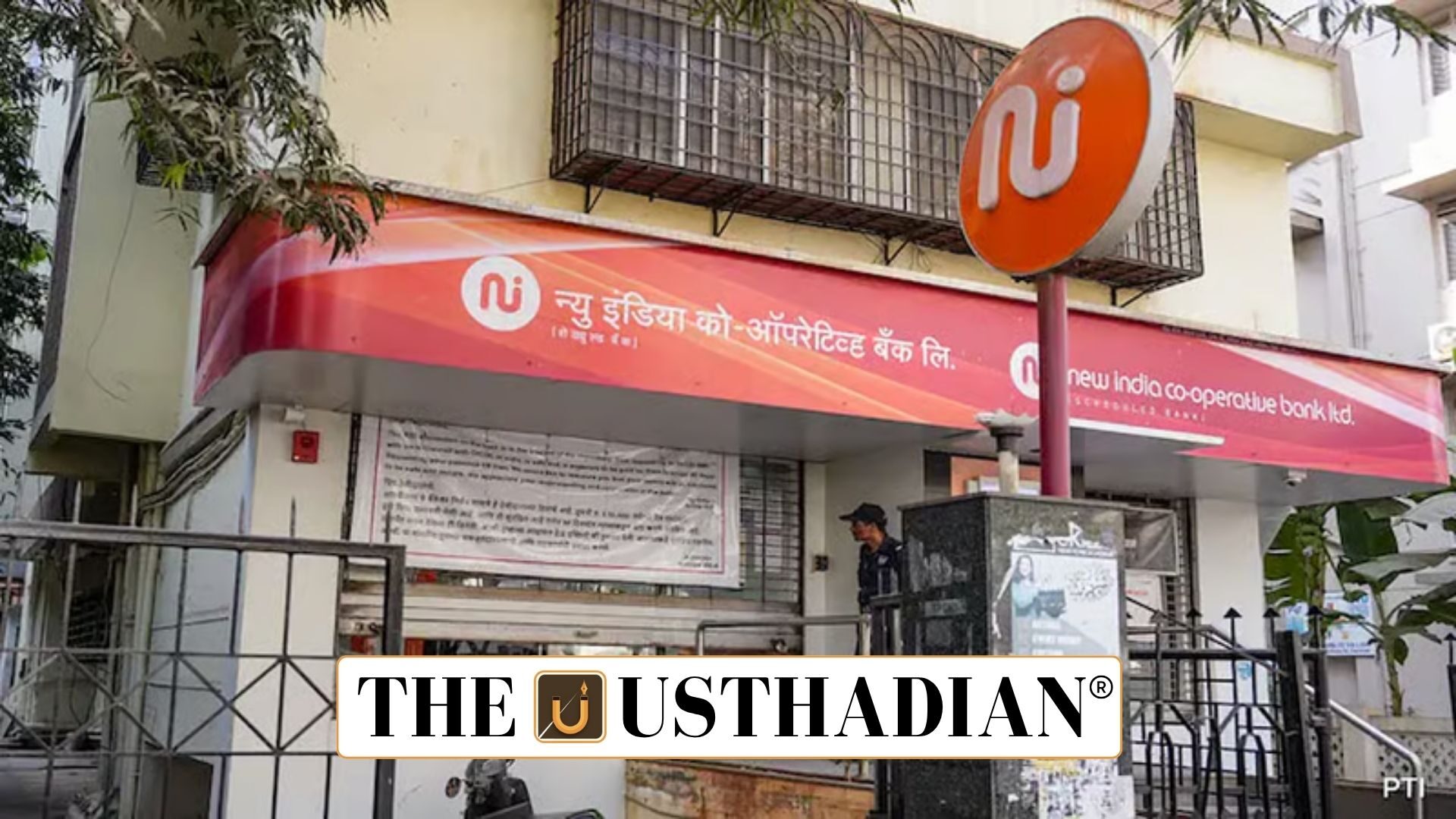RBI clears major bank consolidation
New India Co-operative Bank merges into Saraswat Bank: In a notable move within the urban co-operative banking space, the Reserve Bank of India (RBI) has approved the integration of New India Co-operative Bank with Saraswat Bank, India’s leading urban co-operative bank. This merger is set to take effect from August 4, 2025, strengthening the co-operative framework.
Key decisions under the merger
As part of the approved transition plan, all assets and liabilities of New India Co-operative Bank will be taken over by Saraswat Bank. Every branch under New India will now operate as a part of Saraswat Bank’s network.
Account holders from New India Bank will not need to take any additional action. Their accounts will continue seamlessly, now under the umbrella of Saraswat Bank, ensuring continued access and deposit protection.
Endorsement from both institutions
The merger process followed due procedures, receiving approvals from the governing bodies of both banks.
- On July 22, 2025, Saraswat Bank held a Special General Meeting (SGM) that cleared the proposed merger.
- The Annual General Meeting (AGM) of New India Co-operative Bank also approved the integration.
After receiving all internal approvals, the final confirmation from the RBI enabled the official execution of the merger.
Benefits for banking customers
Customers of the former New India Co-operative Bank can expect enhanced financial services, broader access to banking infrastructure, and secure handling of deposits.
The enlarged institution will provide better digital services, more branch locations, and higher financial stability, driven by Saraswat Bank’s strong balance sheet.
RBI’s role in transforming co-operative banks
This move aligns with the RBI’s broader agenda to modernize and stabilize the co-operative banking sector. By encouraging consolidation among smaller institutions, the RBI aims to create efficient and well-governed banks that serve a larger population.
Static GK fact: Saraswat Bank was established in 1918 and is today recognized as the largest urban co-operative bank in India.
Static GK Tip: The Reserve Bank of India came into existence on April 1, 1935, and is governed under the provisions of the RBI Act, 1934. It regulates all banks, manages currency, and maintains financial discipline in India.
The merger showcases a significant effort to reinforce trust in the co-operative banking model, ensure service continuity, and promote financial inclusion across urban and semi-urban belts.
Static Usthadian Current Affairs Table
New India Co-operative Bank merges into Saraswat Bank:
| Topic | Detail |
| Merger Effective Date | August 4, 2025 |
| Merged Banks | New India Co-operative Bank into Saraswat Bank |
| Regulator | Reserve Bank of India (RBI) |
| Scheme Name | Scheme of Amalgamation |
| Saraswat Bank Founding Year | 1918 |
| Number of Saraswat Bank Branches | Over 290 |
| Special General Meeting Date | July 22, 2025 |
| Regulatory Act for RBI | RBI Act, 1934 |
| Customer Impact | Seamless transition, deposit safety |
| RBI’s Goal | Strengthening co-operative banks through consolidation |








